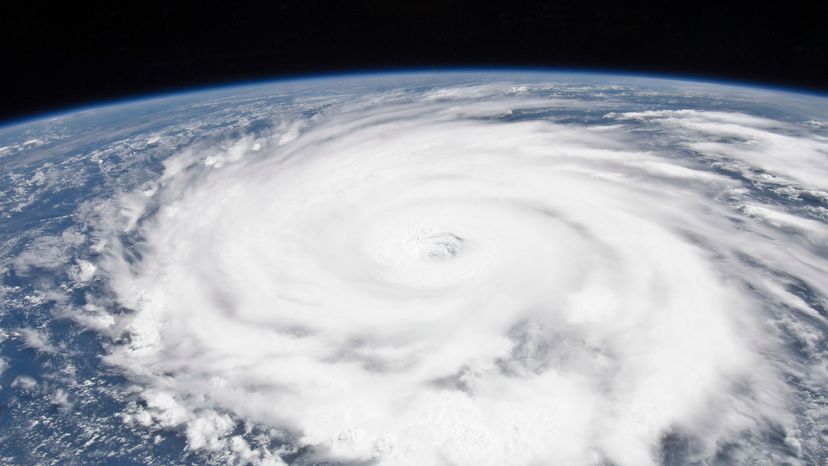Hurricane formation is a complex process that begins with a series of initial stages, including tropical disturbances and waves. These disturbances are storms originating in tropical oceans, powered by warm water, and possessing intricate weather systems that vary in intensity, size, and other characteristics, such as wind speeds. This is how hurricanes form.
The elements crucial for the formation of tropical cyclones are warm ocean waters, low air pressure, and tropical waves. Let’s delve deeper into these factors and their roles in hurricane formation.
Warm Ocean Waters
Warm ocean waters play a critical role in providing energy for storm development. The temperature of the upper 60 meters of the ocean water must be greater than 26°C (79°F) for a tropical cyclone to form. That is the ideal condition for a cyclone’s formation. This warmth creates the necessary conditions for warm air to rise and fuel the storm.
As the storm intensifies, wind speeds increase; once they reach 39 miles per hour, the storm is designated a name.
Low Air Pressure
Low air pressure is another essential factor in the development of a tropical disturbance. It causes warm air to rise from the ocean, carrying hot, humid air in a spiral pattern, contributing to the growth of the disturbance.
The winds blowing westward across the Atlantic from Africa are integral to the formation of a tropical cyclone, and low wind shear, heat, and moisture are essential for continued development.
Tropical Waves
Tropical waves are low-pressure systems that traverse moist tropical regions. They play a vital role in initiating hurricane formation, as they can cause areas of low pressure that can develop into tropical disturbances.
When a tropical disturbance intensifies and exhibits a circular wind flow with maximum sustained winds below 39 mph, it becomes a tropical depression.
